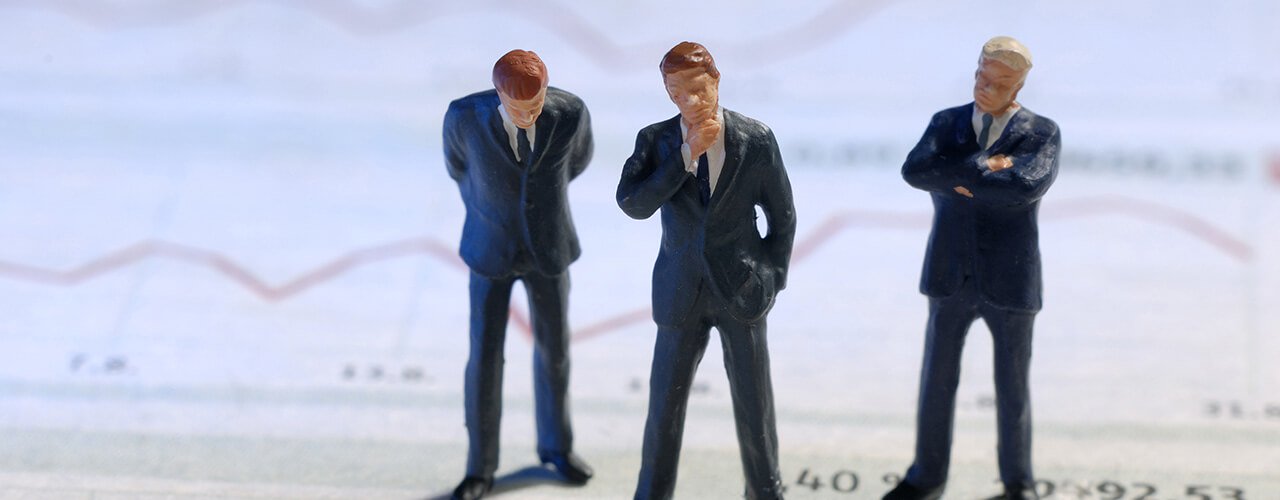Each morning before we go to work, we think about the clothes we want to wear that day. We want our look to be appropriate, not too austere, but at the same time we want to be taken seriously, giving off vibes that hint about our professional attitude. Also, maybe we wouldn’t want to compromise our comfort entirely just for the sake of having a striking appearance. So we go for something casual with a touch of formality by adding a chic blazer or an elegant shirt into the mix to balance out our jeans.
While this is the day-to-day reality of many professional workers these days, it was not long ago that office dress codes seriously regulated the way a person could show up to work. And some companies still implement formal dress codes for their employees to follow even today.
So what’s the deal with these regulations regarding our work clothes? Can they help us in any way or are they just a burden for a young professional who has to abide by someone else’s rules even when it comes to fashion? Find out for yourself:
The history of business casual
Formal business attire was still going strong in the mid-20th century. Men wore white shirts with striped ties and cuff links, flannel suits, heavy Oxford shoes and matching fedora hats, while women were clothed in slim-fitting suits with below-the-knee skirts and shoes which sometimes had the newly fashionable high heels. At that time nearly 90% of men worked jobs, compared to only 35% of women, but these numbers soon changed as women began entering the work force en masse.
From then onward, office dress codes only became more relaxed as time went on. Conforming to the fashion trends of the 1960’s, the use of bright colors and eye-catching patterns became quite popular among men, whilst women’s clothes shifted from figure-hugging tweed suits to A-line shift dresses. With the Women’s Liberation Movement coming to the fore in the ‘70s, ladies started wearing pantsuits with tie-neck blouses, while the trendier type of man opted for bell-bottom trousers and suits with wide lapels.
Shoulder pads integrated into suits basically defined office fashion choices in the 1980’s, followed by the last decade of the 20th century, when business casual dominated most of the U.S. workforce as the new millennia rolled in.

Source: Shutterstock
Today’s trend: the casual work attire
As workplaces evolved throughout the decades, work attire shifted accordingly. In today’s results-oriented office culture, which is in stark contrast with the process-oriented values of the 1950’s workforce, dress codes, and life in general, have become less formal. Today’s office workers don’t want to sit all day long in a tight suit and have their focus continuously broken because they’re uncomfortable.
But as large companies offer more freedom to their employees when it comes to fashion choices, some have trouble deciding what to wear. Since there are no clear-cut rules, choosing your own work-appropriate clothes might prove to be quite a challenge. Can you wear jeans or sneakers? Will your boss be upset if you show up in a baggy sweater or sandals?
Big tech gurus, like Facebook’s Mark Zuckerberg and Apple’s Steve Jobs, combatted the issue regarding clothing choices in a unique way. They proclaimed that having a signature wardrobe with multiple clothes in the same style (or even color), makes their entire work day more productive, since they don’t have to think about what they have to wear and can use that time to focus on the most important task of getting results at the workplace.
But not everyone can be a tech mastermind, so don’t feel bad if you don’t want to wear the exact same clothes every day. Robert Half, the executive senior director of Robert Half Finance & Accounting, says that you should focus on four key factors to help quickly decide if your casual work attire is appropriate or not. Take inspiration from your leaders and try to choose clothing items that are in line with their image. Always wear neat, clean and wrinkle-free clothes to look professional, and don’t forget to pay attention to your grooming and your accessories as well. Lastly, make sure you dress according to your schedule. For direct client meetings, you might want to show up looking a bit more formal, even if that simply means that you put on a suit jacket that you keep in the office.
Can workplace dress codes persist?
Although the very formal dress codes of the 1950’s are long gone, work-appropriate requirements will always exist in one way or another, depending on the workplace. Since dress codes often reflect the company culture, they’ll likely mirror the core values and the image of the business’s owner and may differ somewhat from one enterprise to another. Fashion trends will continue to influence work attire in the future, but with remote working on the rise, it’s highly likely that business casual and comfortable clothing are here to stay and will continue to govern office fashion choices.









